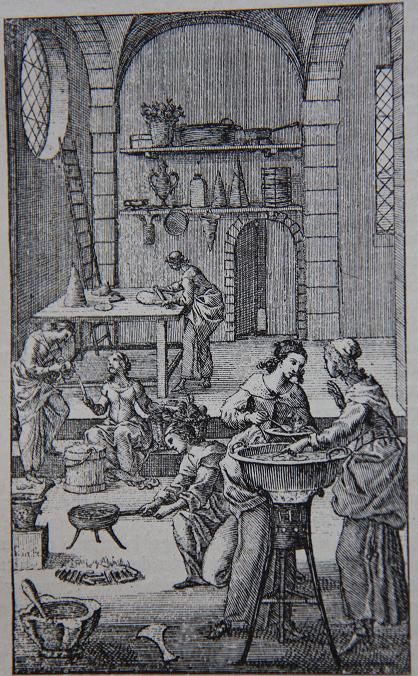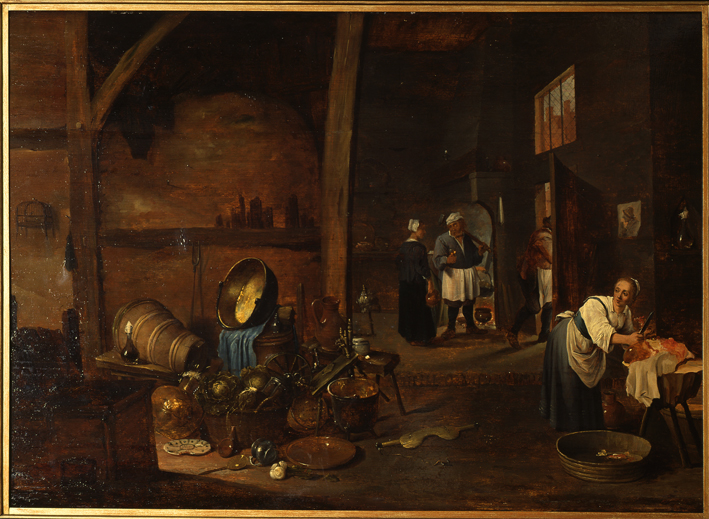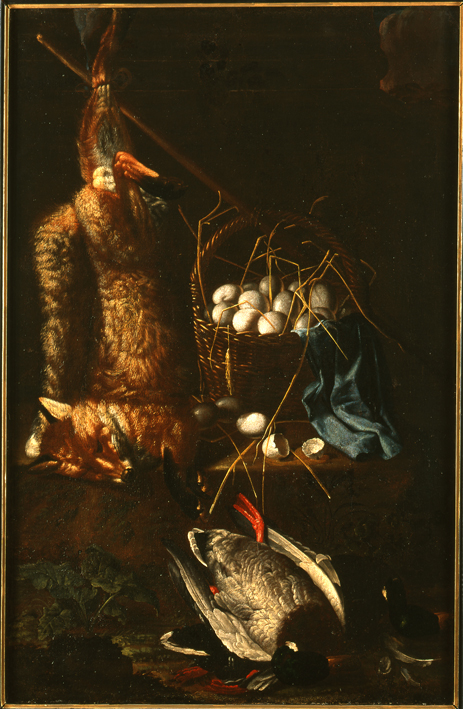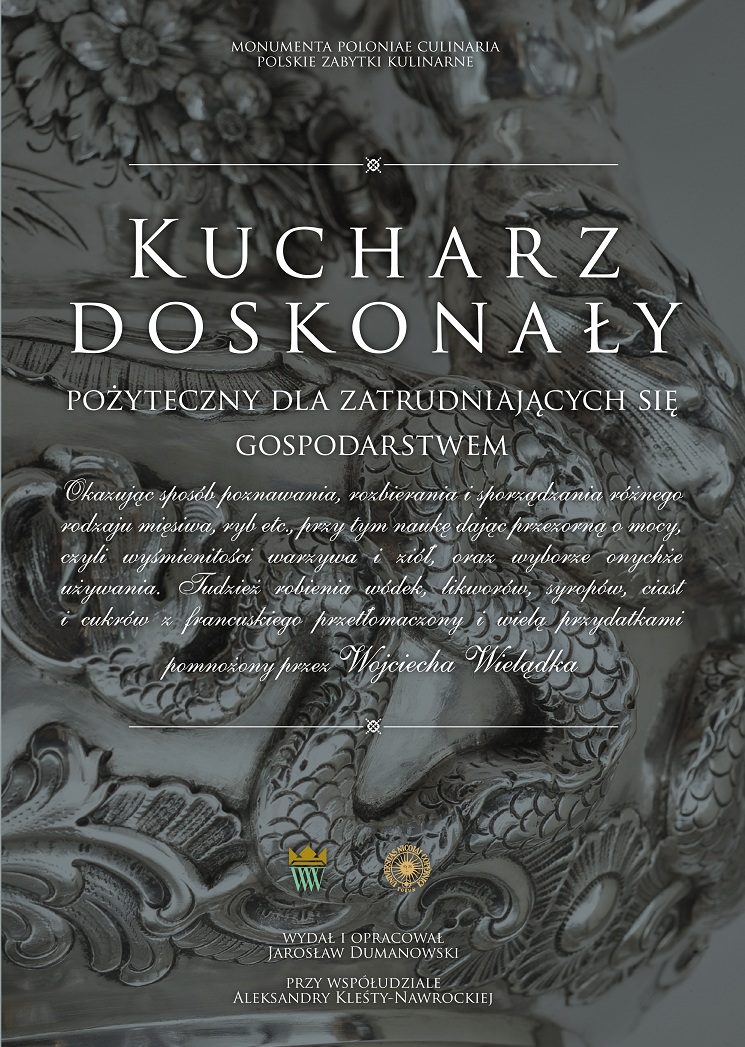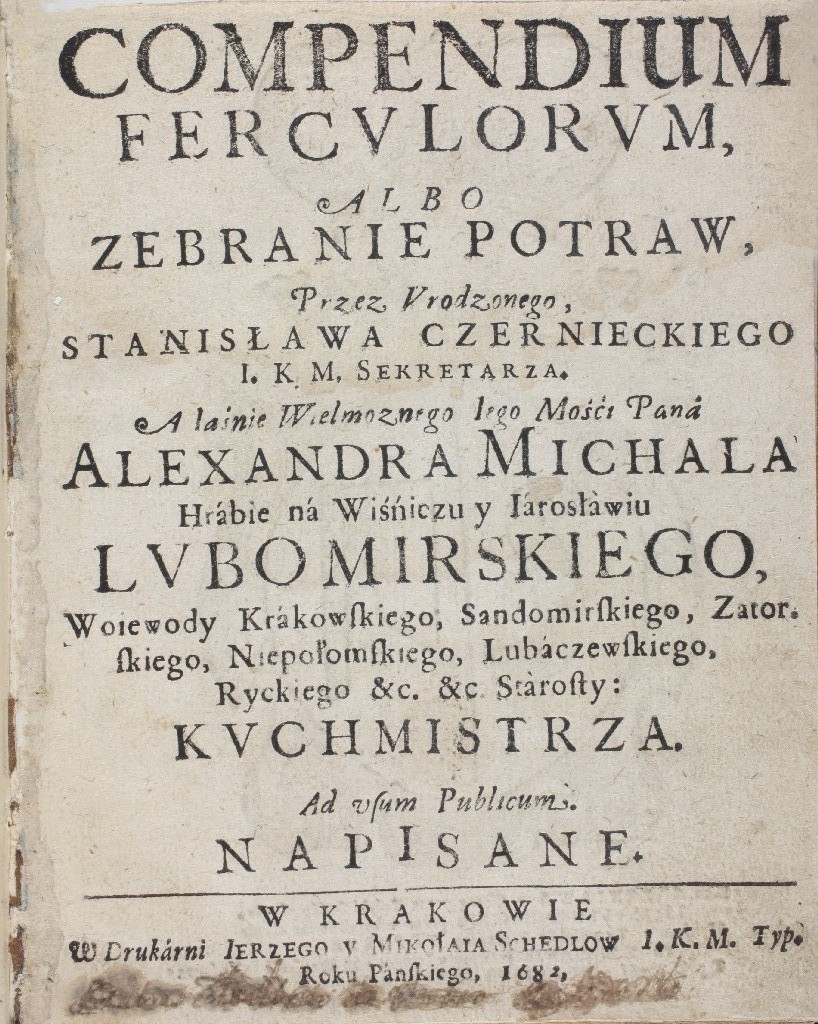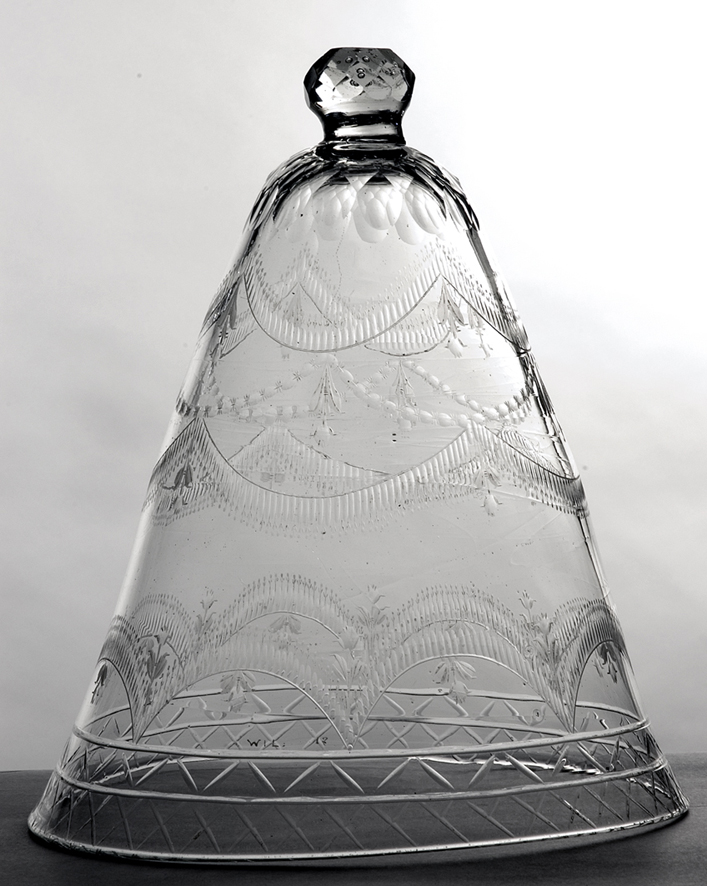Due to a high price of sugar, which for a long time was a hard to get exotic speciality, in old Poland sweets were the delicacy of the chosen ones. This is why the authors of old cookbooks describing the refined cuisine of magnates and nobility wrote about sugar with such enthusiasm. Sugar, as an exotic novelty, was so much admired that it was often eaten in an unprocessed or only slightly altered form. For example, figures made of coloured sugar were a popular table decoration.
In his Compendium ferculorum Czerniecki mentions "faryna" (ground sugar, rather than sugar balls) as one of the most important flavourings. A characteristic feature of the Polish cuisine of those times was the tendency to combine acid and sweet flavours, so sugar was indeed an important and popular flavouring in the exclusive cuisine. Czerniecki often adds sugar to meat, fish or "tarts" (pastry baked with meat and vegetables), but not to cakes.
An interesting sweet dish in Czerniecki's book is so-called froth, i.e. whipped cream with sugar served with biscuits. The cook also added sugar to so-called "arkas," i.e. milk jelly set with lemon juice. One of the Baroque concepts was so-called almond pasta, baked pastry of crushed almonds, egg whites and sugar. Another dish made of crushed almonds with sugar, wine and cinnamon was so-called "obermus."
A much bigger fan of sweets than Czerniecki was an anonymous author of a cookbook written at around the same time at the court of the Radziwiłł dukes. The first section in that book is devoted to sweets and it is called: Very good fashion for frying various confectioneries and other sweets. The author recommended using plenty of sugar in recipes for lemon or currant buns, Various herbs and flowers in solid sugar, Rose in sugar, Sugar doughnuts, Walnuts in sugar and various candied fruits in sugar. Sugar was the main ingredient of recipes for Sweet modelling ice sugar used to make various figures and persons, White blown sugar from mould and Crystal sugar foam. It was also used in Vienna gingerbread and sponge cakes.
In the Kucharz doskonały (Perfect cook) from 1783, sugar is used mainly in cakes and biscuits. By then, the exotic novelty had settled down in the Polish cuisine and was used in a similar way as it is now.
Translation: Lingua Lab
